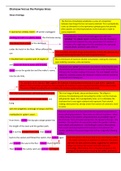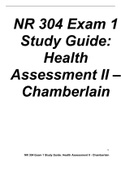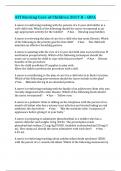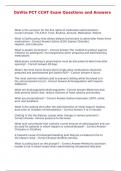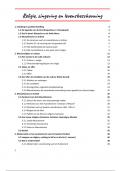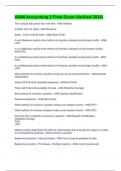Other
Chainsaw versus the Pampas Grass -- fully annotated
- Course
- Institution
Annotations that helped me to achieve full marks on the relevant comparative essay and full marks in the exam. Includes theoretical perspectives (Marxism, postcolonialism etc) and notes at the end on relevant themes and critical approaches.
[Show more]
